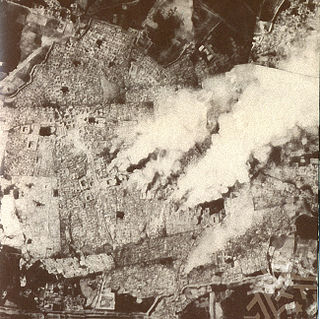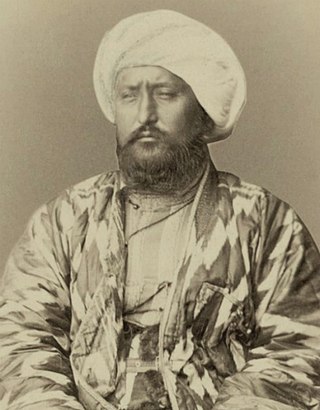This article includes a list of general references, but it lacks sufficient corresponding inline citations .(September 2024) |



"Conquest of Central Asia by Russia". By the 1820s, goods produced in the British Empire began to compete with products imported from the Russia. Great Britain had begun to openly state its remedies for Afghanistan, Iran and Central Asia. In order to strengthen its position in the Asian markets, Russia created preferential customs conditions for bringing Russian products to the region. By the time of Nikolay I, the diplomatic and military influence of tsarist Russia in the region increased. 1834 Novo-Aleksandrovsk fortress (Mangishloq city) was built at the crossroads leading to Uzbek khanates. At the end of 1839 and at the beginning of 1840, Count Perovsky, the governor-general of Orenburg, organized an unsuccessful winter military campaign against Khiva Khanate. In 1847, General Oruchev conquered the northeastern coast of the Aral Sea and founded the fortress of Raim (Kazalinsk). Island flotilla consisting of steamships "Nikolay" and "Konstantin" was established. By the years 1850–55, Kumushkurgan, Chimkurgan, Koshkurgan, Okmachit (Red Horde) fortresses belonging to the Kokand Khanate, and the Ili River valley, where the Verniy fortress was later built, were captured by Russian troops. was captured. During the reign of Alexander II, the conquest of Central Asia became one of the priorities of the foreign policy of the empire. The attacks of the military units of the Kokand Khanate on the Russian settlements established in southern Kazakhstan, the lower reaches of the Syrdarya and the shores of the Aral Sea became a pretext for the acceleration of the march to the south. In 1865, Major General M. G. Chernyaev captured Tashkent and forced the city elders to sign a peace treaty. Emperor Alexander II issued an order to the governor-general of Orenburg and noted that if the people of Tashkent wish to accept Russian citizenship, it is necessary to satisfy their wish. In 1866, Russian troops captured Khojand and Jizzakh fortress. Chinoz fortress was built. The territories of Khojand and Chirchigorty were transferred to Russia. In July 1867, according to the emperor's decree, the Turkestan military district headed by the governor-general was established. In 1868, the troops of the Turkistan Military District under the command of Adjutant General Konstantin Petrovich von Kaufman started military operations against the Bukhara Khanate. In May, Russian troops approached Samarkand and occupied the city without a fight. In June, Bukhara Emir signed a peace treaty. Zarafskhan district was established. General Abramov's division captures Karshi and returns it to the emir of Bukhara. Shahrisabz and Kitab were occupied as a result of Major General Abramov's military operations in 1870. Shahrisabz and Kitab estates will be handed over to the emir of Bukhara. In 1873, as a result of extensive military operations, a campaign was organized from Turkestan, Mangishlok and Orenburg to Khiva Khanate. 49 companies, 32 hundredths, 34 guns and 2 steamers were involved in military operations. By May, the Hazorasp fortress was conquered, and soon Khiva, Kungirot, Khojayli, Mangit fortresses and Gurlan Bey surrendered. In August, a peace treaty was concluded with the Khanate of Khiva. The Khanate of Khiva accepted Russian vassalage, and the rule of Muhammad Rahim Bahadir Khan (Feruz) was preserved. In the fall of 1873, a new political agreement was signed with the Khanate of Bukhara. As a result of the military operations of 1875–1876, the Fergana Valley uprising against Khudoyar Khan and the Russian government was suppressed. Then the Kokan Khanate was abolished and the Fergana region within Russia was established. In 1881, the Akhal-Tekin oasis surrendered under fierce attacks of Russian troops, Ashkhabad was conquered. A convention was signed between Russia and Iran aimed at defining the border. In 1884 Marv surrendered. In 1885, the Turkmen tribes living in the Pendin and Murgob oases received Russian citizenship. Kushka has become the southernmost border town of Russia. Thus, by the 80s of the 19th century, the process of formation of Russia's borders in Central Asia came to an end. In 1895, between the Russia and Britain governments, an agreement was signed to confirm the spheres of influence with the dividing line in the Pamir Mountains. [1]

















